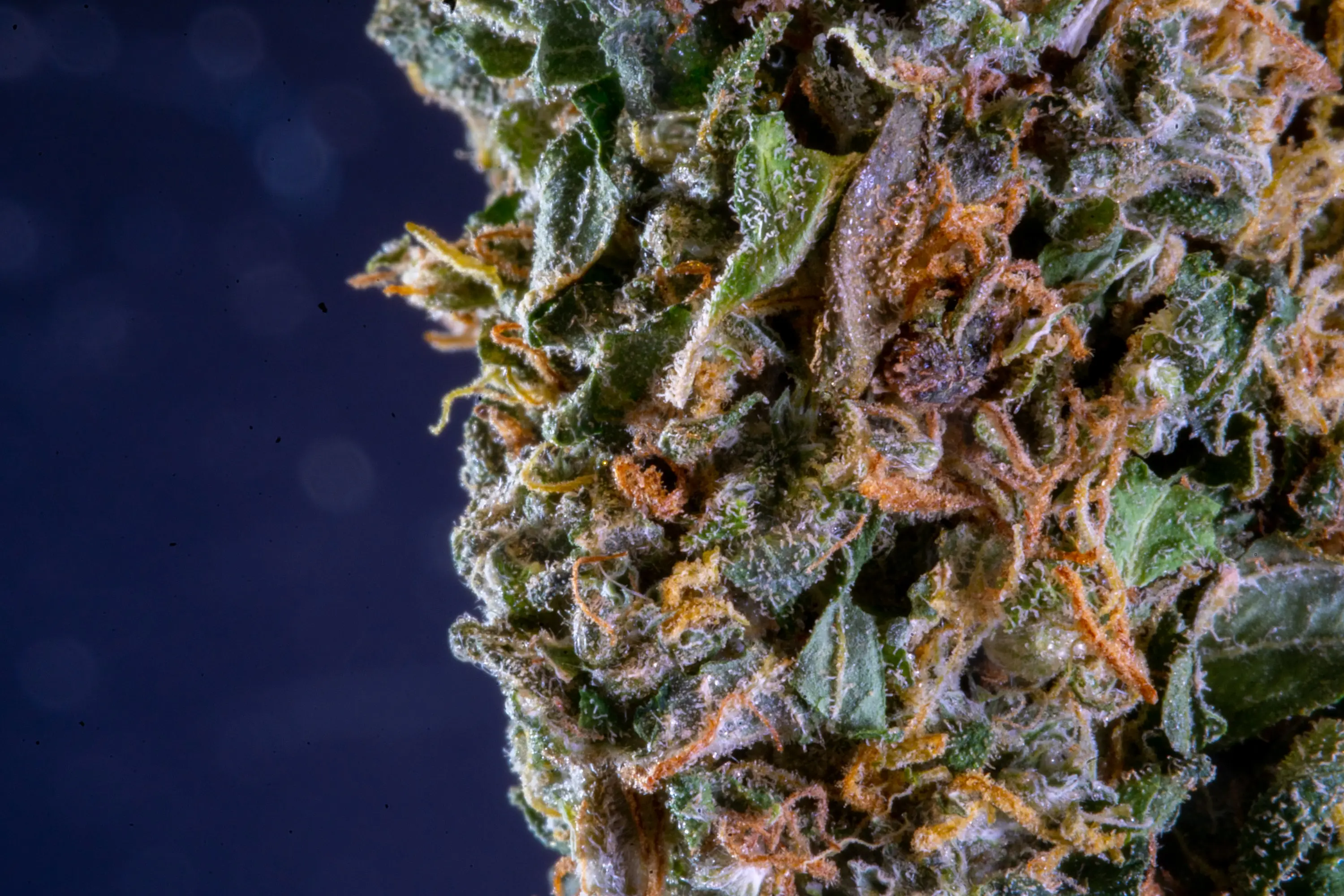

The idea of indica vs sativa is inevitable to encounter if you’re familiar with the world of weed. But it might not be so simple.
When one looks to purchase cannabis they are often confronted with the question: sativa, indica, or hybrid? If you were to ask what the difference is, one might be told that sativa is energizing and indica is relaxing. However, the names “sativa” and “indica” are really just used for purposes of cannabis nomenclature, independent of any effects.
In 1753 a Swedish botanist, Carl Linnaeus, first used the words Cannabis sativa to describe the hemp plant that grew across Western Eurasia.
This plant was cultivated for its fiber and seeds and contained very little THC. 32 years later in 1785, European botanist Jean-Baptiste Lamarck named a second species, Cannabis indica, which described a plant that grew on the Eastern side of Eurasia.
This plant was also cultivated for its fiber and seeds, but unlike Cannabis sativa, Cannabis indica was higher in THC content. These strains were produced to make the drugs referred to as marijuana or hashish.
Throughout the next two centuries discussion would continue and in the mid 1970s and early 1980s scientists began labeling another cannabis subspecies; Cannabis ruderalis.
This subspecies only exists in regions where cannabis is indigenous and is known to overlap both gene pools. It is small in stature and not regularly cultivated as it has been assigned to represent the feral strains.
The Cannabis sativa gene pool consists only of hemp (used for fiber and seed) from Europe, Asia Minor, and Central Asia.
The Cannabis indica gene pool is much more diverse and contains strains originating from Afghanistan, Pakistan, Southern and Eastern Asia, and from India, and Nepal.
The Cannabis indica species has three subspecies categorized as narrow-leaflet drug: “Cannabis indica subsp. indica”, broad-leaflet drug “Cannabis indica subsp. afghanica”, and broad-leafed hemp “Cannabis indica subsp. chinensis”.
Indica strains contain varying amounts of THC, whereas Cannabis sativa strains are all low in THC content.
You may be asking yourself right now, how did we end up calling high THC strains sativa? Well, we can blame prohibition.
Without formal education on the subject, laymen simply saw the narrow leaves and assumed it to be sativa. Since the 1960’s, most of the cannabis used for drugs that reached North America and Europe was the narrow leaflet indica.
By the late 1970s, seeds of Afghan varieties that are broad leafed reached North America, and to differentiate it, people called the broad-leafed plants indicas, and the narrow-leafed plants sativas.
It wasn’t until 2005 that naturalist Karl Hillig published the paper, “Genetic evidence for speciation in Cannabis (Cannabaceae)”, which assessed previous taxonomic concepts in light of genetic evidence and gave birth to the two species and three subspecies concepts.
We are beginning a new time for cannabis, one that brings legitimacy to a plant which is long overdue.
Much of what the cannabis industry promotes about its indica and sativa products is not necessarily supported by science. While it’s purely anecdotal, Leafly.com, a well-respected resource in the cannabis community, put consumers to the test to see if they could identify sativa vs indica in a blind taste test.
2 out of 3 of the smokers failed to identify that they were smoking sativa, and instead guessed indica. While strains are not the best way to determine a products effects, it may be helpful in determining your own unique product and strain preference.
Related: Does CBD Reduce the Effects of THC?

